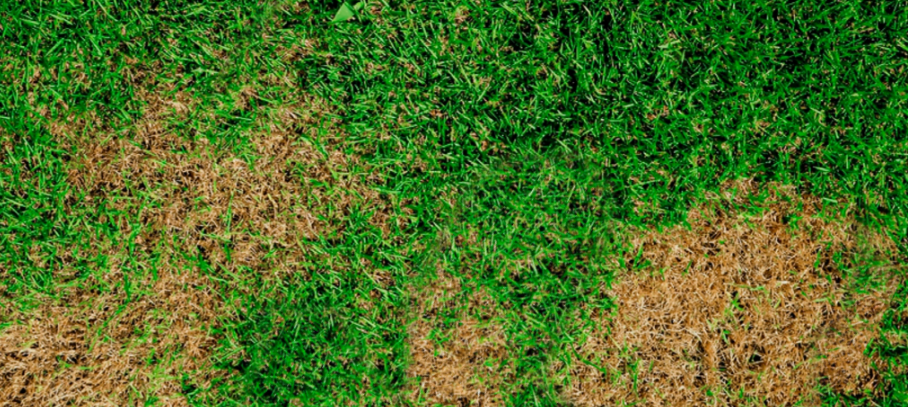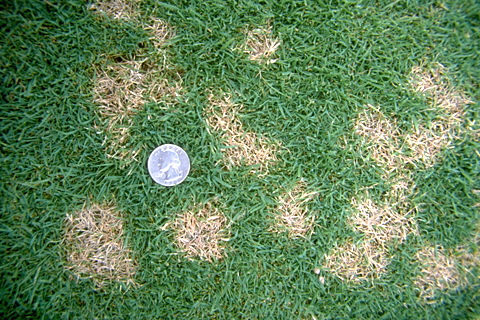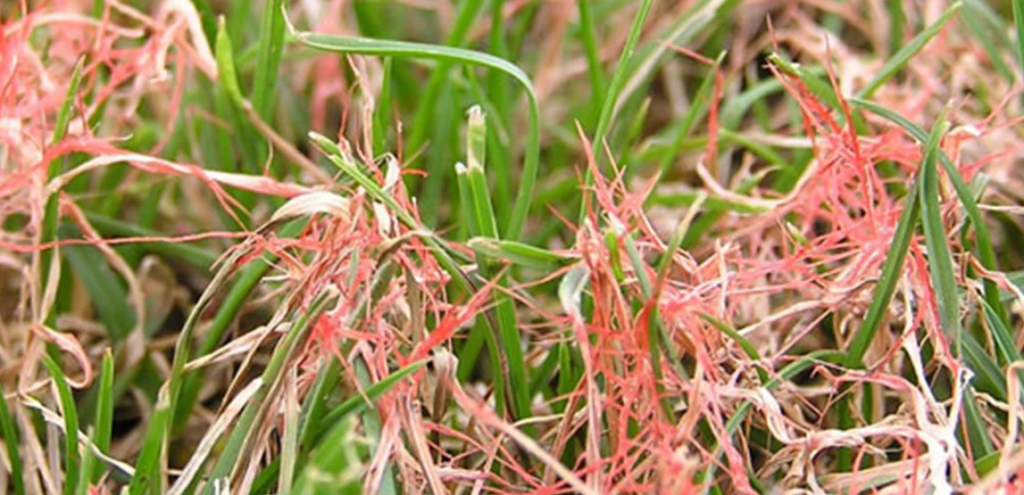Maintaining a lush, green lawn in Erie, PA, can be a challenging task. The climate here, with its variable weather patterns and high humidity, provides the perfect breeding ground for various lawn diseases. In this article, we’ll explore the most common lawn diseases in Erie, PA, and provide practical tips to identify and manage them.
Your lawn is more than just grass—it’s a vital part of your home’s curb appeal and an open space for activities. However, it’s often plagued by diseases that can turn your vibrant green lawn into a patchy, brown mess. Understanding these common lawn diseases and learning how to deal with them can help you keep your yard healthy and beautiful.
Brown Patch
What is Brown Patch?
Brown Patch is a fungal disease that primarily affects cool-season grasses such as Kentucky Bluegrass and Perennial Ryegrass. This disease thrives in high humidity and temperatures between 75-85°F, which makes Erie, PA, a favorable environment, especially during the summer months.

Brown Patch – Lawn Diseases
Symptoms of Brown Patch
- Circular Brown Spots: Look for circular patches of brown, dead grass that can grow several feet in diameter.
- Discoloration: The grass blades may display tan lesions with a dark brown border.
- Rapid Spread: Brown Patch can spread quickly, covering large areas in a short period.
How to Manage Brown Patch
- Water Early: Water your lawn early in the day to reduce humidity levels.
- Improve Air Circulation: Trim thick bushes and trees to allow better air circulation.
- Proper Mowing: Keep your mower blades sharp and mow at the recommended height for your grass type.
Dollar Spot
What is Dollar Spot?
Dollar Spot is another common fungal disease that affects a wide variety of grasses. It’s characterized by small, dollar-sized spots of bleached grass. This disease is most active during warm days and cool nights.

Dollar Spot – Lawn Diseases
Symptoms of Dollar Spot
- Small, Silver Dollar-Sized Patches: Look for small, round patches that resemble a dollar coin.
- Straw-Colored Grass: Affected areas will appear straw-colored and may coalesce to form larger patches.
How to Manage Dollar Spot
- Regular Fertilization: Maintain a proper fertilization schedule to ensure your lawn gets the necessary nutrients.
- Proper Watering: Water deeply but infrequently to encourage deep root growth.
- Fungicide Treatments: Consider applying fungicides if the disease persists despite cultural controls.
Snow Mold
What is Snow Mold?
Snow Mold affects lawns under the snow. Erie’s cold winters and snow cover can create the perfect conditions for this disease. There are two main types: Pink Snow Mold and Gray Snow Mold.

Snow mold – Lawn Diseases
Symptoms of Snow Mold
- Matted Grass: Grass blades may appear matted and stuck together.
- Pinkish or Grayish Patches: Look for patches that can be either pink or gray, often with a circular pattern.
How to Manage Snow Mold
- Clean Up Debris: Remove fallen leaves and other debris before the first snowfall.
- Avoid Excessive Thatch: Thatch layers thicker than ½ inch can harbor disease spores.
- Proper Lawn Maintenance: Aerate and dethatch your lawn regularly.
Red Thread
What is Red Thread?
Red Thread is a fungal disease that appears during cool, damp conditions. It primarily affects cool-season grasses and is easily identifiable by its distinctive red threads.

Red Thread – Lawn Diseases
Symptoms of Red Thread
- Reddish-Pink Threads: The most tell-tale sign is the appearance of thin, red threads on the grass blades.
- Irregular Patches: These red threads often form irregularly shaped patches.
How to Manage Red Thread
- Improve Soil Fertility: Apply nitrogen-rich fertilizers to boost lawn health.
- Proper Water Management: Avoid over-watering and ensure proper drainage.
- Keep Grass Mown: Regular mowing can help reduce the spread of this disease.
Anthracnose
What is Anthracnose?
Anthracnose is a common lawn disease that can affect both leaves and stems of the grass. It’s more problematic in areas with poor turf health and can be worse under stress conditions like drought or excess moisture.

Anthracnose – Lawn Diseases
Symptoms of Anthracnose
- Yellow Patches: Look for yellowed or light-brown patches of grass.
- Blackened Stems: Grass stems may turn black and can easily be pulled out.
How to Manage Anthracnose
- Balanced Fertilization: Use a balanced fertilizer to maintain nutrient levels.
- Adequate Watering: Ensure the lawn gets enough water, but avoid waterlogging.
- Good Lawn Care Practices: Regular mowing and aeration can help keep this disease at bay.
Understanding the common lawn diseases in Erie, PA, is essential for maintaining a healthy and beautiful lawn. By recognizing the symptoms early and implementing effective management strategies, you can keep these diseases under control and ensure your lawn remains lush and vibrant. Remember, a healthy lawn not only adds aesthetic value to your home but also provides a safe space for your family and pets to enjoy. Cultivate your lawn with care, and it’ll reward you with years of beauty and function.

